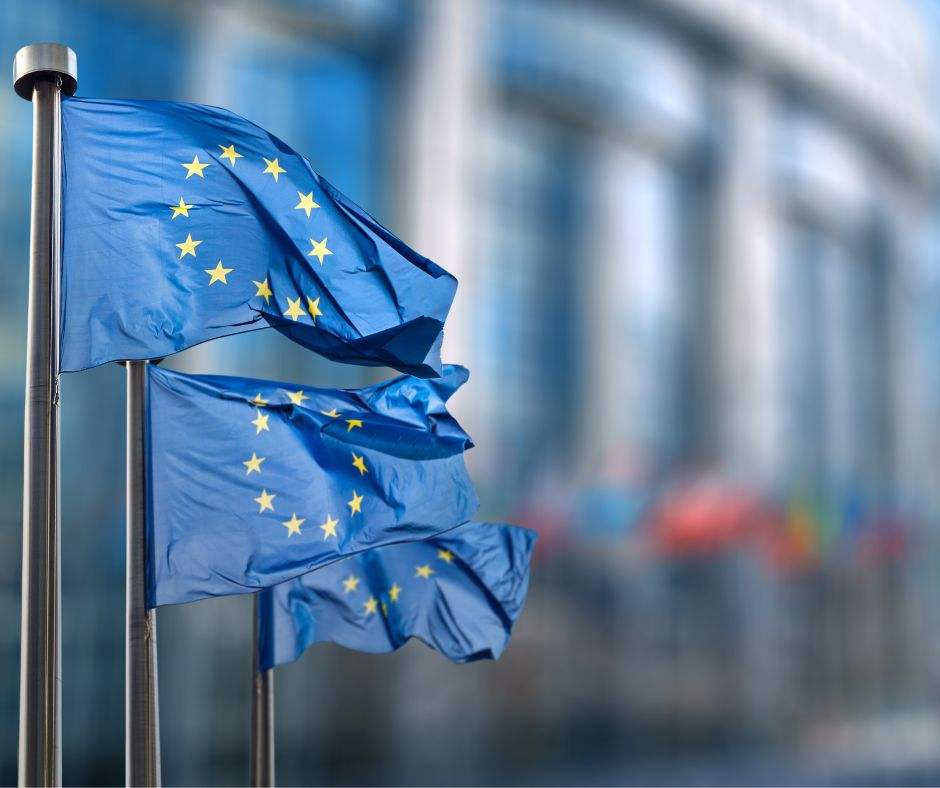
What Happens After 72 Hours? Why Your Survival Kit Should Be Built for More
Share
When people hear about 72-hour emergency kits, they often wonder: “But what happens after Day 3?” It’s a fair question—and one we get a lot. The truth is, three days is just the beginning, not the end of your preparedness.
Why 72 Hours?
The 72-hour standard isn’t random. It’s based on international emergency response guidelines—including those promoted by civil protection authorities across Europe. In a large-scale crisis, it typically takes up to three days for emergency services to regain control and reach affected populations.
But here’s the reality:
- Not every region gets help at the same speed.
- Natural disasters and blackouts don’t follow a schedule.
- Political unrest, supply chain disruptions, or cyberattacks can prolong chaos.
That’s why building a durable, versatile emergency kit is essential—not just to survive the first 72 hours, but to stay resilient for as long as needed.
What Happens on Day 4, 5... or 10?
In many recent crises, from floods to power grid failures, families found themselves on their own well beyond the three-day mark. Here’s what that means in real terms:
- Food and water supplies may run dangerously low
- Access to medication can become life-threatening
- Communication with the outside world might still be down
- Sanitation and warmth become daily challenges
A well-prepared household isn’t just planning for 3 days of inconvenience. It's preparing for a week or more of self-reliance.
Why Our Kits Go Beyond 72 Hours
At Directive72, we take the “72” as a minimum benchmark. That’s why every product we offer is:
- Long-lasting – Our gear is selected to function well beyond the initial crisis window.
- Modular – Add or remove what you need, based on the scale of the emergency.
- Reliable – From waterproof bags to power-free water filters, we focus on essentials that don’t quit.
You won’t find single-use gimmicks here. Just solid, EU-inspired gear meant to hold up—even if Day 6, 7, or 10 comes without outside help.
Preparedness Is a Mindset
Creating your survival kit isn’t just about checking a box. It’s about adopting a mindset:
“I might be on my own, and I’m ready for that.”
That’s why we’ve made it easy for European families to build their own kit in just 5 minutes, without overthinking or overspending. Whether you live in a city, a village, or anywhere in between—preparedness should be simple, smart, and scalable.
Final Thought: Don't Stop at 72
While the term “72-hour kit” is useful, it shouldn't be the limit of your planning. Think of it as the starting point for your family’s safety strategy.
With the right tools, you’re not just surviving—you’re taking back control.


